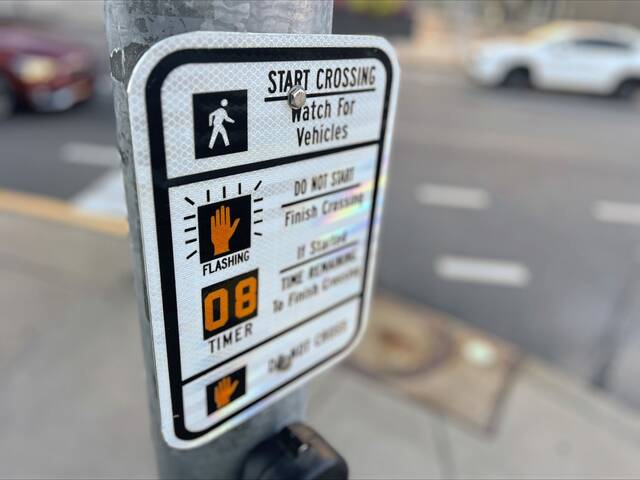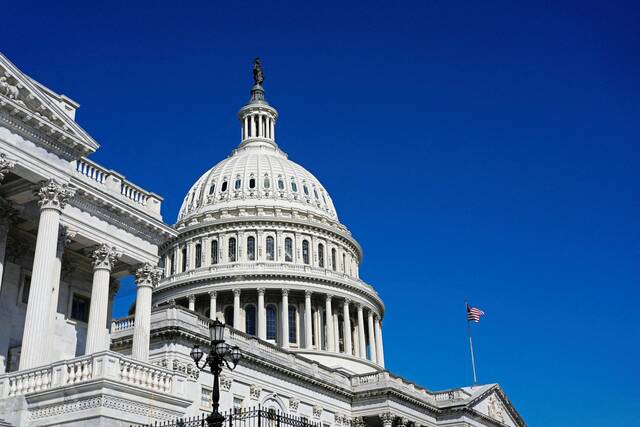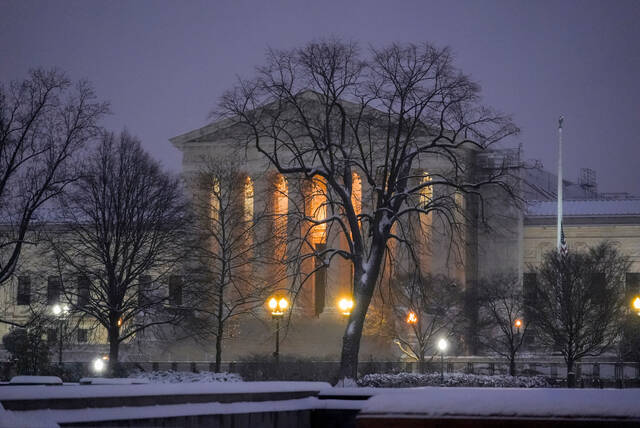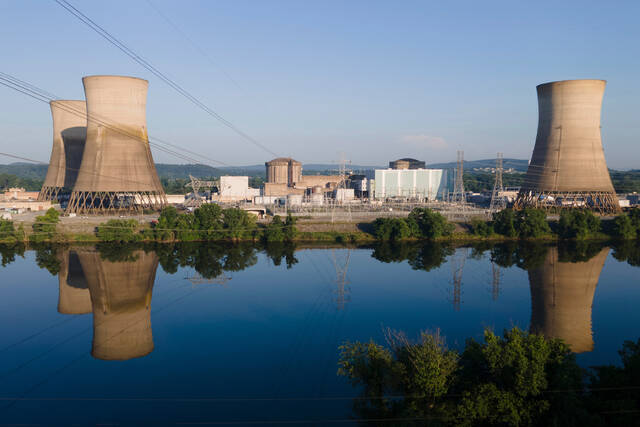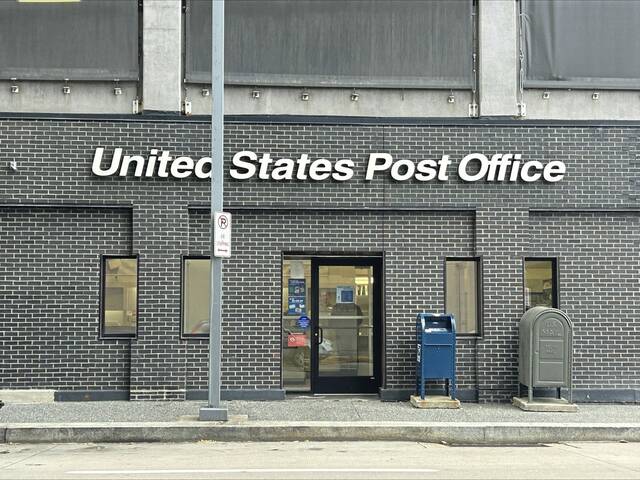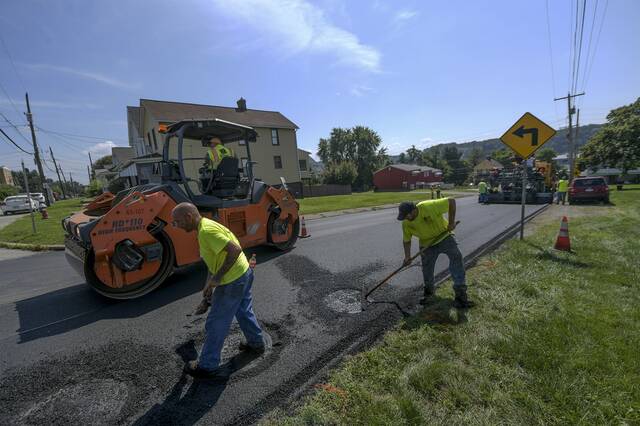We all walk. When we visit a place, we walk — and those moments often become the highlights of our journey. Whether young or old, whatever our race or gender, walking is the hum of daily life — the simplest confluence of dignity, mobility and human connection.
Yet in America, walking has been stripped of its respect. From the small indignities of calling pedestrian crossing buttons at intersections “beg” buttons and derisive labels like “jaywalker,” to calling something dull or plain “pedestrian,” our culture reveals a roadway hierarchy that puts human as a being at the bottom of importance. Our streets, built for cars instead of people, reflect a deeper cultural disregard for those on foot. That habit of disrespect isn’t merely impolite — it’s deadly.
The data make that painfully clear. The Governors Highway Safety Association projects more than 7,000 pedestrians killed in the year of 2024. Nonfatal harm is equally staggering. The Centers for Disease Control and Prevention reported roughly 137,000 emergency department visits for pedestrian injuries between January 2021 and December 2023, each one a story of pain and disruption on what should have been an ordinary walk.
And those harms fall unevenly. Research shows Black and Hispanic Americans face far higher pedestrian fatality rates than white Americans — evidence that unsafe walking environments are tied to generations of disinvestment and structural inequity.
In Pennsylvania, pedestrian deaths fell to 174 in 2024, the lowest since the post-covid surge from 2021, but still far too high. Early estimates from PennDOT’s crash database suggest pedestrian fatalities may decline further in 2025, yet danger remains deeply embedded in our roads.
In the City of Pittsburgh, overall crashes have dropped for four consecutive years, and pedestrian-bicycle crashes fell over 20%. But pedestrians remain disproportionately represented among the most serious outcomes — 7 of the city’s 18 non-interstate fatal crashes in 2024 involved people on foot. More troubling still, one in every five pedestrian crashes resulted in serious injury or death, up 4% from 2023.
How did we arrive here? The story begins more than a century ago. The rise of automobile manufacturing and powerful pro-car lobbying groups — collectively known as “motordom” — redefined the very idea of the street. Once a shared public space, it became a corridor for machines. Streetcar systems were dismantled. Pedestrians were rebranded as obstacles.
Postwar suburbanization reinforced this shift: the 1956 Interstate Highway Act subsidized vast networks of highways that divided cities and erased neighborhoods, while zoning codes mandated parking lots and segregated land uses. Urban form bent entirely to the car’s logic. Walking, once a natural act of citizenship, became an act of risk.
Yet design is the expression of policy — and policy can be changed. The upcoming 2026 Surface Transportation Reauthorization Bill is one of the most important tools we have to reverse this long decline. Passed every five years, it determines how billions of federal dollars are spent on highways, transit and, most importantly, safety. It decides whether funding will continue to support sidewalks, crosswalks, curb ramps, traffic calming, or to keep spending in never-ending highway expansions. It also sustains various competitive grants like Safe Streets and Roads for All (SS4A), which empower local governments to prevent traffic fatalities through data-driven design and planning.
If Congress trims or shifts funding away from these safety programs, already financially struggling cities and counties will struggle further to retrofit dangerous corridors and protect vulnerable residents. Pedestrian safety is not a luxury — it’s what keeps our cities alive and functional. Lawmakers must understand that every dollar invested in safe walking infrastructure is an investment in vibrant economy, health, equity and the environment. A walkable city is a breathable city; a safe street is a sign of a healthy democracy.
But culture must evolve alongside policy. For too long, we’ve blamed people for walking in the “wrong place” instead of asking why our streets offer so few of the right ones. True respect means building roads that fit the communities they serve, sidewalks that go where people actually walk, crossings timed for real human movement and speeds designed for safety, not convenience. Every neighborhood, especially those long neglected, deserves that dignity.
October, National Pedestrian Safety Month, reminds us that the right to walk safely should not depend on wealth or ZIP code. If Congress is serious about saving lives, the next Surface Transportation Reauthorization must protect and expand funding for pedestrian and safety programs. Because dignity in mobility is dignity in life itself. Cities thrive not when cars hurry through them, but when people can safely walk within them.
Panini A. Chowdhury is a professional planner specializing in infrastructure planning. He serves as a gubernatorial appointee to the Pennsylvania Pedalcycle & Pedestrian Advisory Committee.


